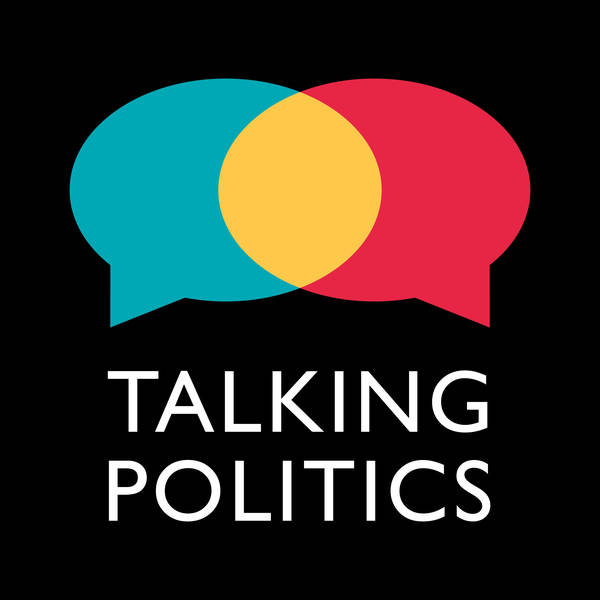
The Party Splits! (In 1846!)
The current crisis for the Conservatives is often described as the worst since the party split over the repeal of the Corn Laws in 1846. So we talk to historian Boyd Hilton about what really happened back then and what it meant for British politics. Why were the Corn Laws so divisive? How did public opinion impact on the politicians? Did Peel betray his party or did he do what needed to be done? And what are the real lessons for Brexit and for the Conservative Party today? With Helen Thompson. * We have extra show notes below, with a guide to the historical timeline and some further reading suggestions.
Talking Points:
What were the Corn Laws?
From 1815-1846, a series of tariffs and other trade restrictions on imported grains kept prices artificially high to favor domestic producers. The laws were controversial from the beginning (but there wasn’t sizeable, collective opposition until later). The Corn Laws benefited those who owned land, but they increased food prices and the costs of living for most of the British public. Manufacturers also opposed the Corn Laws, which they saw as inhibiting free trade.Scarcity and self-sufficiency were part of the motivating ideology behind these laws. But in practice, they made Britain vulnerable to bad harvests. In 1846, under increasing pressure, Conservative Prime Minister Robert Peel went against his own party to repeal the Corn Laws with the support of the Whigs. This split the Party, and kept it out of power for almost a generation.A Corn Laws Timeline:
1815: Following the end of the Napoleonic Wars, the first Corn Laws were introduced to protect British grain production from outside competition.1832: The first Reform Act partially extends the franchise to include certain segments of the population who do not own landed property. It also redistributes seats from the agricultural south and west to the industrializing north. 1834: A new poor law is passed, establishing workhouses and leading to the effective criminalization of poverty.1836: The Anti Corn Law Association is founded (in 1839 it becomes the Anti-Corn Law League).1841: Peel’s Conservatives take control of the House of Commons. This is the first time that a majority government is thrown out by the electorate since 1708.1844: As part of Peel’s deflationary program, the Bank Charter Act restricts the powers of British banks and gives the Bank of England the exclusive right to issue banknotes. This act creates a ratio between gold reserves and currency circulation.1845: The great famine in Ireland begins.1846: The Corn Laws are repealed, leading to a split in the Conservative Party and Peel’s resignation.1848: A series of revolutions and uprisings take place across Europe, including, most notably, in France. Anxiety over revolution leads to the repression and ultimate destruction of Chartism.1850s: Britain enthusiastically embraces free trade, this appears to be validated by the economic boom of the 1860sKey Terms and Figures:
Sir Robert Peel: The two-time, technocratic Conservative Prime Minister who repealed the Corn Laws. Although he was elected on a protectionist platform, Peel played a key role in Britain’s embrace of free trade. In 1846, he bucked his own party to join the Whigs and the Radicals to repeal the Corn Laws. This led to his resignation that year.Benjamin Disraeli: A two-time Conservative Prime Minister who played a key role in the creation of the modern Conservative Party. He clashed with Peel over the repeal of the Corn Laws.The Anti-Corn Law League: A highly successful, predominantly middle-class political movement that opposed the Corn Laws. Chartism: A working class parliamentary reform movement...